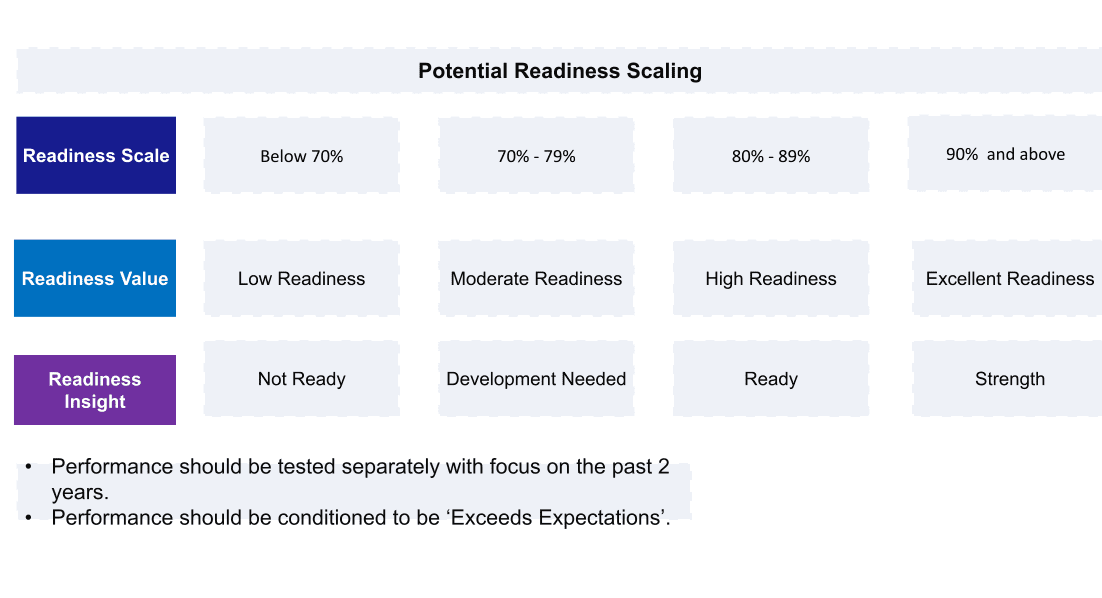“Who should lead? And when?” Two critical questions business leaders and HR stakeholders are always seeking answers for, but the fact is, even before the global disruption inflicted by COVID-19, organizations have struggled to answer this question.
The rapid transformation of the global economy during the pandemic has increased the importance of succession planning in organizations. In addition to asking who should lead, we are now tasked with re-examining every aspect of our current leadership development and succession strategies and determining whether those strategies can be successful in this new world of work.
The pandemic has globally revealed that succession management needs a reinvented outlook with new scientific and practical norms to provide guidance for the critical investments an organization will or will not make in people. According to HCI research, only 39 percent of organizations say they have a strong leadership pipeline, i.e., a pool of ready-now leaders or high-potentials who could be promoted to a new leadership position. DDI’s 2021 Global Leadership Forecast revealed “only 47 percent of critical roles can be filled by current leaders.” It is clear organizations do not have the leaders they need today, or for the future.

From competency to business context
Having ready and willing leaders capable of fulfilling the organization’s business goals is a competitive advantage and critical for ongoing business success. In my research to identify the processes and practices needed to have a diverse group of ready leaders at all levels who can drive your organization forward now, in the near future and long-term, the results show that two of every five organizations believe their leaders lack the fitness to successfully manage their business goals over the next 12 to 18 months. When asked why, most organizations cited two reasons: inadequate succession management and ineffective processes for selecting and developing high-potentials.


In the current disruptive business climate, organizations must rethink business models and formulate competitively superior “go to market strategies.” This demands leaders to act and respond faster than ever before, anticipating and shaping new futures. As a result, leaders need to be ready for a much wider range of challenges and learn new skill faster than ever before.
Organizations can no longer select potential successors based on “fit” for the current role. Rather, they must think about “fitness,” which is about choosing and developing successors with the resilience and adaptability to lead across a spectrum of business-critical contexts.
The future will not be different unless organizations adapt talent strategies focused on fitness. This includes selection and promotion of leaders across the pipeline through reinvented succession process focused more on “readiness by business content” along with “readiness by competency.”

The figure above shows five critical business contexts and six business drivers that should be considered in selecting and developing potential successors.
From nine-box grid to readiness scaling
Despite the analytical reading the nine-box grid shows in terms of classifying potential talents based on the two dimensions (performance and potential), business decisions are made with the extent to which potential successors own performance and potentiality as high, moderate or low.


Critically, the nine-box grid does not define what high, moderate or low means, and the minimum and maximum score should be owned in terms of performance and potentiality so organizations can make decisions on talent investments. This tool is built on a systematic and data-driven approach. A reinvented “successors readiness scaling” with a four readiness levels is shown below.
From a focus on positions to a focus on talent pools

Most succession management processes are focused on listing potential successors for individual positions. The pandemic revealed that businesses suffered from focusing on investing in separate positions and separate development initiatives to prepare talent for specific jobs; and the result was inability to fill more than 50 percent of critical roles.
While some jobs will always require specialists, there is a growing focus on identifying groups of jobs and developing potential successors for a variety of roles. Jobs might be clustered by role, function or level, so capabilities, business drivers and skills can be developed. The aim is to develop pools of talented people, each one adaptable and capable of filling a variety of roles. Because succession planning is concerned with developing longer-term successors as well as short-term replacements, each pool will be considerably larger than the range of posts it covers.












